Written by Aviva Tulasi
Have you ever been in a situation where you had low energy and felt rejuvenated by being in nature? According to yoga, nature provides us with a subtle form of energy, called prana. Prana is the life force that animates consciousness. It is similar to the Chinese concept of qi. As we breathe, we take in oxygen from the air and with it the subtle energy of prana.
When we have enough prana, we have the means to think clearly and rationally. Our organs function properly and we have the ability to do everything that we want to do. When you focus on the breath, you are grounded into the present moment where everything feels perfectly content. Even if you are feeling sick, you get glimpses of clarity simply by closing your eyes and focusing on your breath. Prana connects all layers of consciousness. Prana is the means for integration of the experiences between the body, mind and spirit. It is because of the numerous functions and benefits of prana that Tom Myers of Anatomy Trains said it was one of the 5 components of resiliency. Pranayama along with mindful movement, stretching, humor, and service offer a roadmap to thriving when faced with adversity.
In a recent blog, we explained some of the physical benefits of pranayama. But there is so much to pranayama that it is worth taking another look at it.
Pranayama has many definitions and many practices. One way to look at pranayama is the combination of prana and yama. Prana, as I mentioned above, is life force. Yama is sometimes defined as restraint. So in this definition of pranayama we are practicing controlling the breath. Practices that ask you to control the breath can remove prana blockages but should be done with the throat open. You can also break pranayama into the roots of Prana and Ayama. In Sanskrit, an A in front of a word is a negation therefore ayama means extending or free. In this definition of pranayama, we are practicing free flowing breath. Singers and musicians are experts in this technique of pranayama. Extending the breath can be calming and reduce chronic pain. However, everyone has a unique limit to how long the breath can be extended.
Although the techniques and styles differ greatly, usually pranayama aims to support and balance the four parts of the breath. We use the breath to increase, move, hold and balance our prana. There are four parts to the natural breath: inhalation, pause, exhalation, pause. The inhalation is linked to the sympathetic nervous system (the body’s action response that includes stress response). If you focus on the inhale, you might notice that you feel very active. The exhalation is linked to the parasympathetic nervous system (the body’s rest and restore response). When you focus on the exhale, you promote rejuvenation. The pauses between the inhale and the exhale provide moments for the body to exchange gasses. As we become calmer, the natural pause after the exhale will commonly become longer.
In our Friday Chakra Meditation Class, it is common that we practice “yin” pranayama or observing the natural breath and not changing it. In yin pranayama the breath is not changed nor held, we observe changes in the breath without technique. Other times we might want to practice “yang” pranayama, which is more of a controlled breath. Some or all of the parts of breath are modified. In a yang pranayama practice, the pauses of the breath may be lengthened. Some yang practices ask you to do this with the throat open or where the breath is stopped and held.
Not all pranayama practices should be practiced by everyone. For children and some adults with certain medical conditions, the breath should not be held. Sometimes holding the breath is too much for a person (think of it like a power surge that can fry electronics). Here at Dogwood studios, we practice pranayama that is accessible for all. Our goal of pranayama is to connect to a deeper sense of intuition rather than go beyond our body’s comfort levels.
We value your opinions. We created a new year's survey to listen to you. Please share your experience and what you would like to see more of in 2022. The survey should take about 5 minutes. You can access the survey Here. Please complete the survey by Jan 31st. You only need to fill out the survey once. If you are unsure if you filled it out, it is ok to fill it out again.
Aviva Chaye Tulasi is a team member at Dogwood Studios. She is a certified yoga therapist (C-IAYT). She applies the teachings of classical yoga to reduce the effects of negative stress and to balance the nervous system. Aviva teaches Mindful Movement and Yoga Mondays at 10 am and is available for private sessions. Email Aviva at yogawithtulasi@gmail.com. She is here to help.
SAM Sather, founder of Dogwood Studios, is a certified yoga therapist (C-IAYT), individualizes the yoga practice with appropriate modifications for participants’ unique bodies and medical histories with a focus on finding calm and improving health. She offers several live, online and in person yoga classes as well as private sessions so you can focus on your needs one-on-one.


